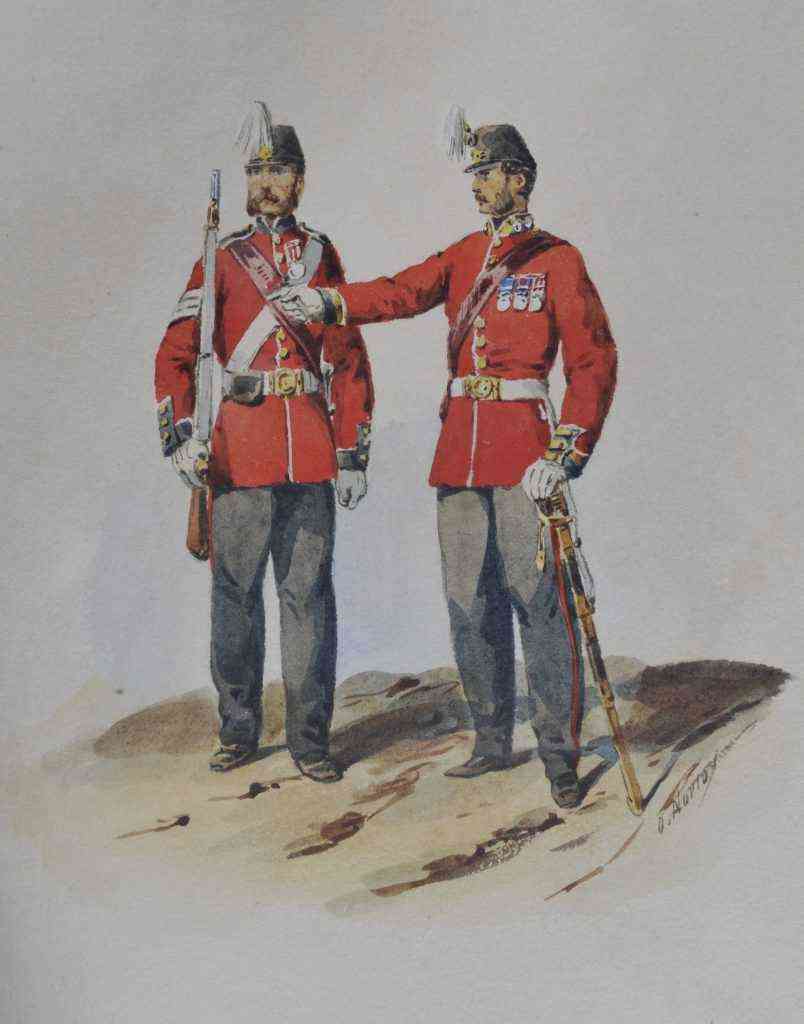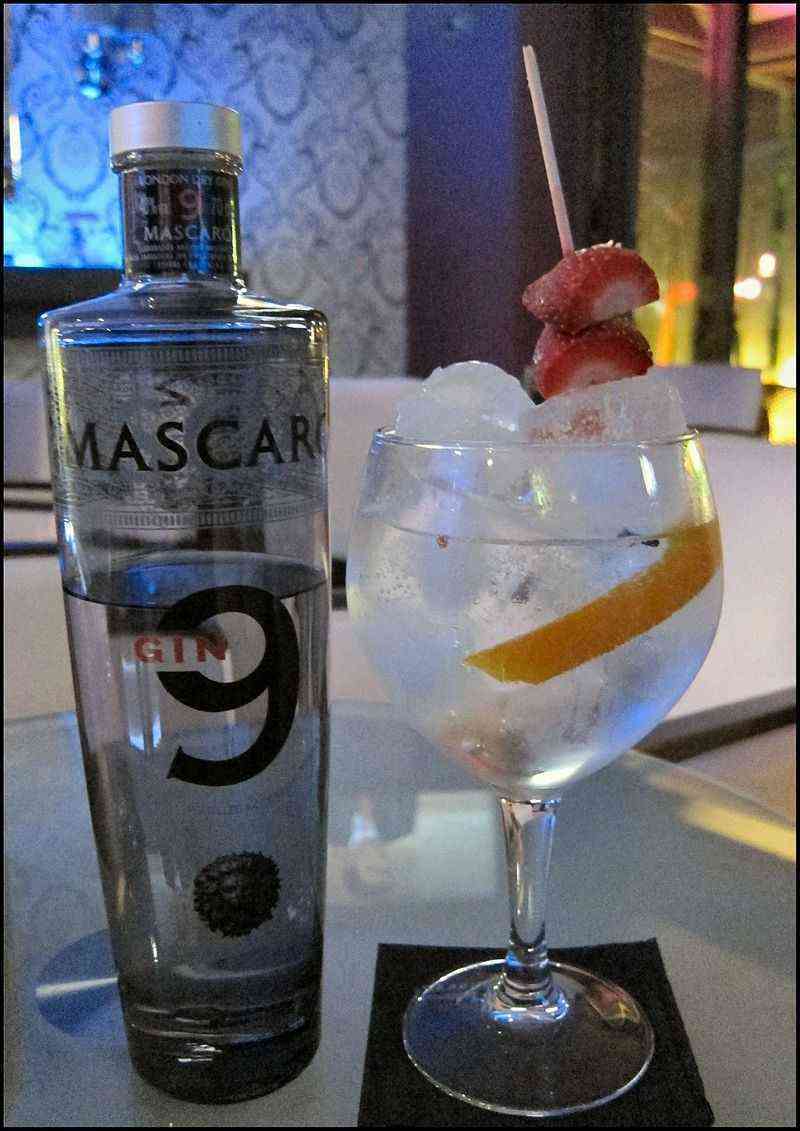The British Raj was the rule by the British Crown in the Indian subcontinent from 1858 to 1947. The rule is also called Crown rule in India.

A gin and tonic
The cocktail was introduced by the army of the British East India Company in India. In India and other tropical regions, malaria was a persistent problem. In the 1700s it was discovered by Scottish doctor George Cleghorn that quinine could be used to prevent and treat the disease. The quinine was drunk in tonic water,
Gin and tonic is a popular cocktail during the summer. A 2004 study found that after 12 hours, “considerable quantities (500 to 1,000 ml) of tonic water may, for a short period of time, lead to quinine plasma levels at the lower limit of therapeutic efficacy and may, in fact, cause transitory suppression of parasites”. This method of consumption of quinine was impractical for malaria prophylaxis, as the amount of drug needed “can not be maintained with even large amounts of tonic”. The authors conclude that it is not an effective form of treatment for malaria.


Leave a Reply